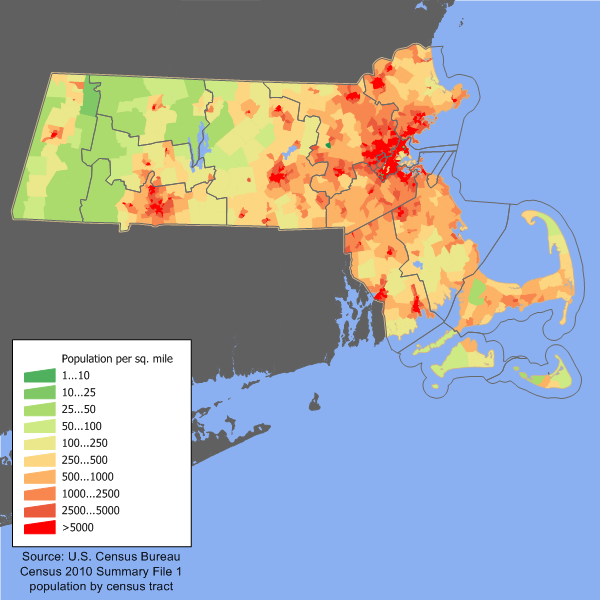Equilibria
Senior Member
- Joined
- May 6, 2007
- Messages
- 7,087
- Reaction score
- 8,325
Re: Fall River/New Bedford Commuter Rail
It's hand waving to wave away their argument by saying its hand waving. I recognize that we just read these things differently and I'm not going to convince you, but the FEIR postdates the simulation report by half a decade. When I read that paragraph in the context of the far more recent report, I see a contractor to the USACE admitting that their numbers need further refinement before being conclusively published, as indeed occurred by 2013 to give the shorter times. The simulation report is outdated, and is a technical memorandum which was produced while the project was still in the early design phase.
Again, these are not times projected by the pro-SCR lobby, they are impartial estimates by a Federal agency with no horse in this race.
Honestly, for all I know the 85-minute times will be proven correct. That was never my point. My point was that as you refine your argument I just don't think it's valid to pull the "dirty lies" language on USACE models in the published FEIR when all you have to contest them is a preliminary tech memo from 2009.
Appendix 3.1-D is part of the FEIR: it's Appendix 3.1-D of the FEIR. The link I gave is part of the official FEIR website. As far as I can tell, this Rail Simulation is the only realistic accounting of actual train performance for South Coast Rail so far published. I would be happy to examine a newer analysis if someone knows about one.
I saw this quote too:
Bolded for emphasis. From what I can tell (the old report is not included) it seems that the old report was an approximation that did not include the effect of signal delay or congestion. Those two effects are extremely important in establishing realistic runtimes, especially on a project like SCR which mingles with the busy Northeast Corridor in addition to its long sections of single-tracking. It is not enough to make a hand-waving claim that "continued refinement of the SCR operating plan" would result in faster runtimes. We all know just how bad the single tracking on the current plan is. I need to see some hard evidence that they have found a way of overcoming that kind of constraint.
You might also find something of interest in the Appendices to the Rail Simulation report: proposed timetables for all the trains using the Northeast Corridor in 2030. Start on page 123 for the Stoughton Electric Alternative (page 123 of the report, not the PDF). The South Coast Rail trains are labeled with series 1900.
For example, train 1902 leaves Fall River at 05:43 and arrives at South Station at 07:02, for a decent 1:19 trip time. Train 1904 leaves Whale's Tooth at 06:01 and arrives at South Station at 07:25, for a more typical 1:24 trip time.
Further down, train 1906 leaves Fall River at 07:03 and arrives at South Station at 08:32, for a trip time of 1:29. And train 1908 leaves Whale's Tooth at 07:34 and arrives at South Station at 09:00, for a 1:26 trip time. Those are in the heart of the morning rush hour.
(I appreciate the criticism, you are helping me strengthen my argument. Please let me know if I missed anything else.)
P.S. The full SCR FEIR is available from http://www.nae.usace.army.mil/Missions/ProjectsTopics/SouthCoastRail.aspx
That is a link I obtained by following a link from the http://www.southcoastrail.com/ website.
It's hand waving to wave away their argument by saying its hand waving. I recognize that we just read these things differently and I'm not going to convince you, but the FEIR postdates the simulation report by half a decade. When I read that paragraph in the context of the far more recent report, I see a contractor to the USACE admitting that their numbers need further refinement before being conclusively published, as indeed occurred by 2013 to give the shorter times. The simulation report is outdated, and is a technical memorandum which was produced while the project was still in the early design phase.
Again, these are not times projected by the pro-SCR lobby, they are impartial estimates by a Federal agency with no horse in this race.
Honestly, for all I know the 85-minute times will be proven correct. That was never my point. My point was that as you refine your argument I just don't think it's valid to pull the "dirty lies" language on USACE models in the published FEIR when all you have to contest them is a preliminary tech memo from 2009.


